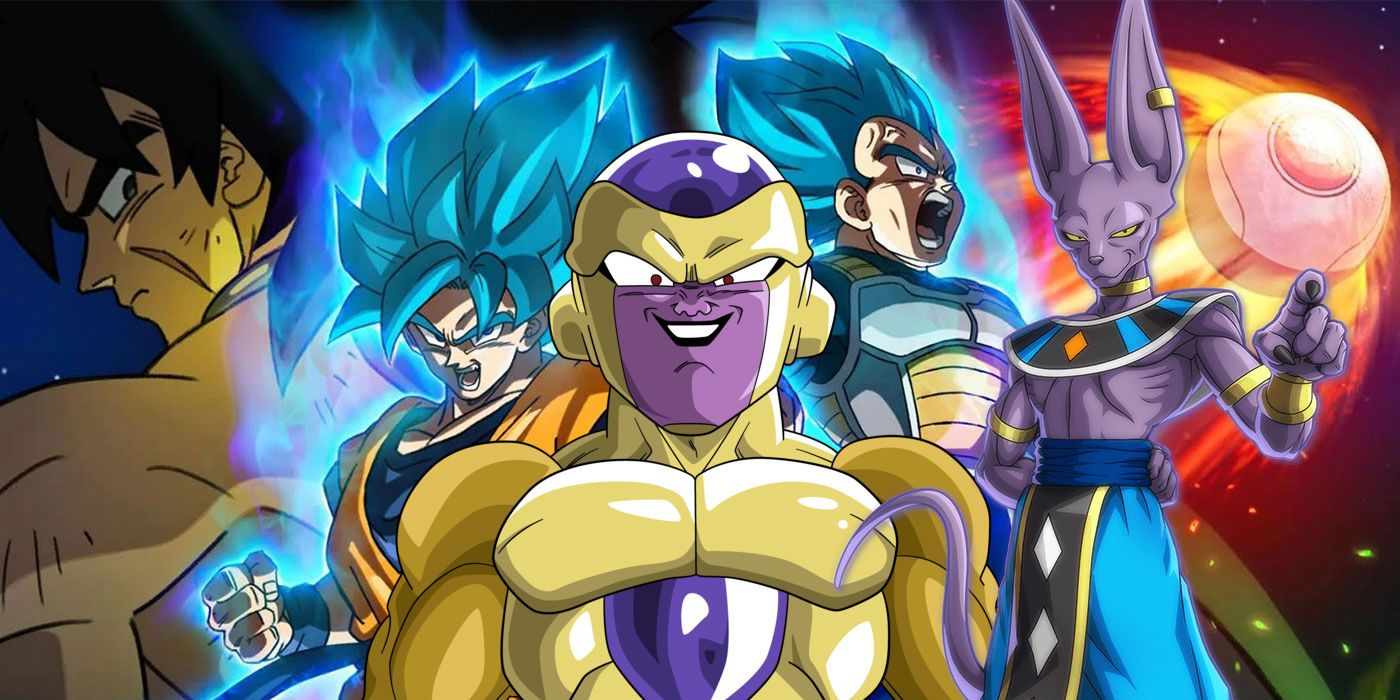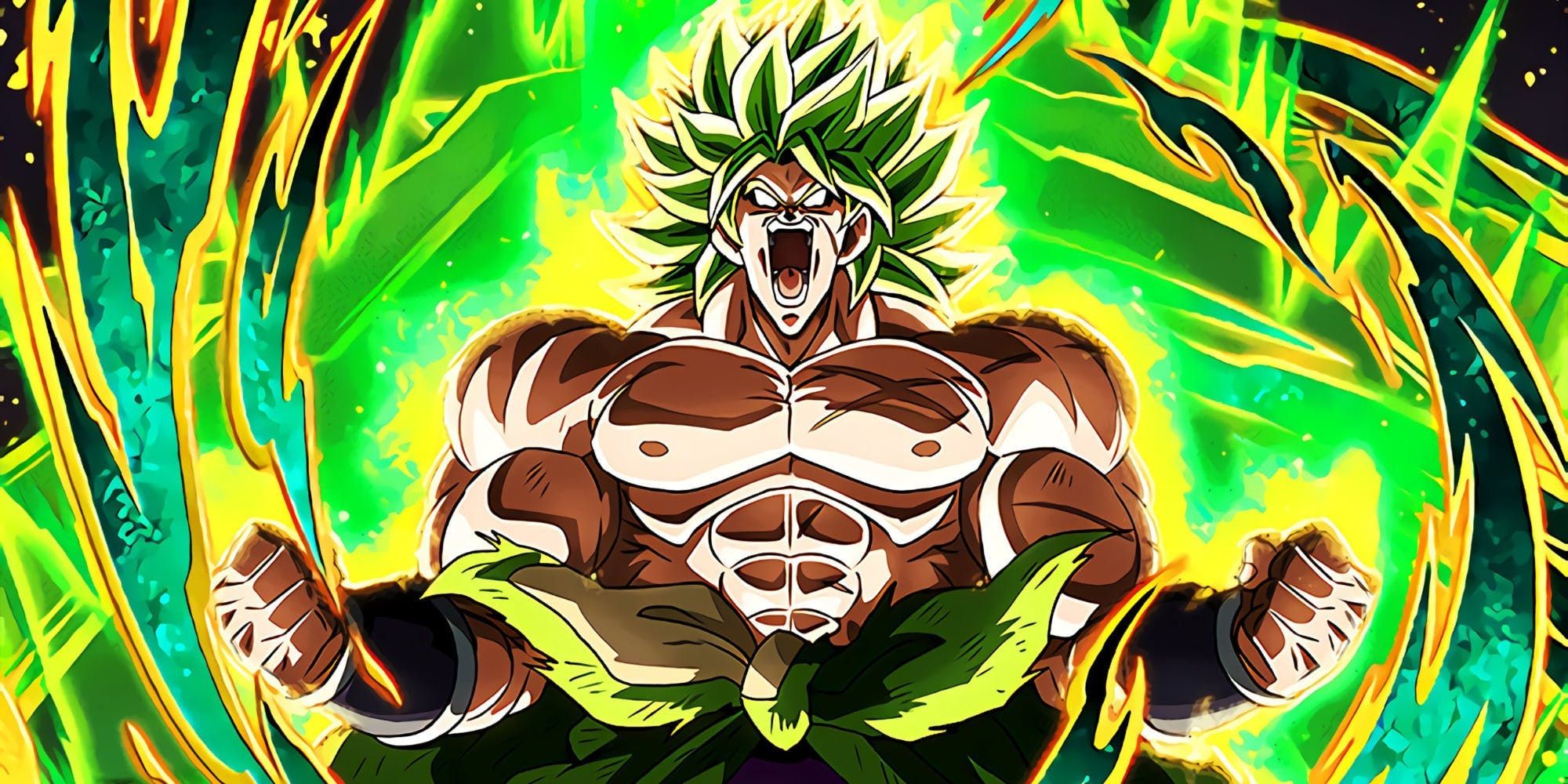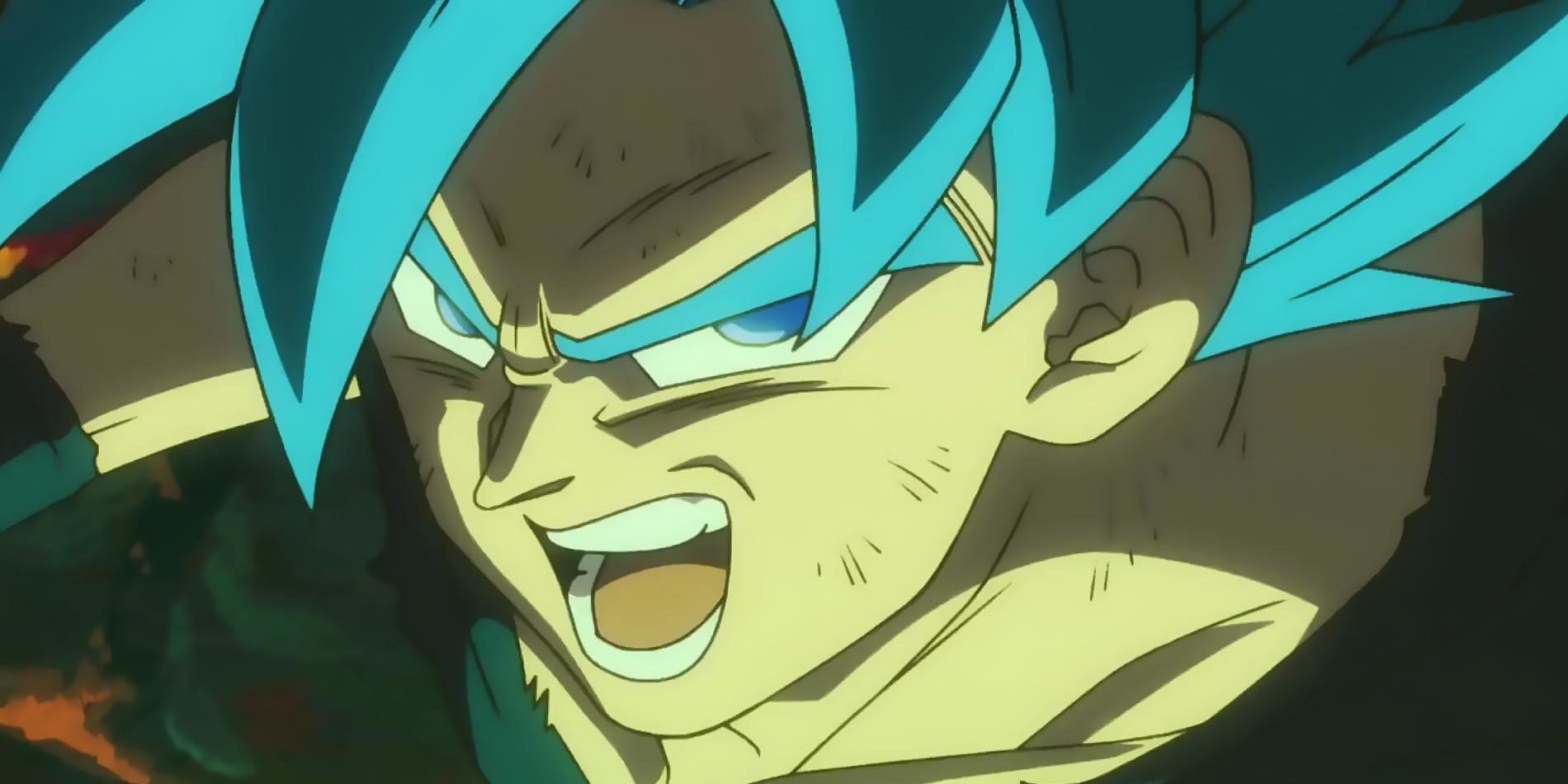Dragon Ball Super: Broly was an phenomenal success at the box office, but how does it compare to the franchise's past big screen efforts? Historically, the Dragon Ball movies have occupied a questionable place in the overall landscape of the franchise. Beginning with Curse of the Blood Rubies in 1986, essentially a re-telling of the early TV anime episodes, a series of 16 movies were released during Dragon Ball's original run, ending with 1995's Wrath of the Dragon.
These movies are considered non-canon by Dragon Ball fans, with each release telling a story that proved largely inconsequential to the main narrative and featuring villains that only appeared in the films themselves or in filler arcs. Franchise creator, Akira Toriyama, had varying levels of input into this initial cinematic run, but was generally not involved in their production, contributing to mixed reactions from fans and critics, with some releases finding acclaim, and others widespread derision. For the most part, however, these movies were considered side stories to the anime and manga.
Dragon Ball's approach to feature-length adventures changed in 2013 with Battle of Gods. Returning after a period of inactivity, the canon story was continued in movie form, with Toriyama heavily involved in the plot and character design. Dragon Ball fans were hungry for new material, demand for Battle of Gods was huge and the film garnered a very positive response, ultimately spawning a new series of theatrical releases and a brand new anime and manga, Dragon Ball Super. Since then, the cinematic success of the Dragon Ball franchise has continued to swell, culminating in the release of Dragon Ball Super: Broly in late 2018/early 2019.
The initial 16 Dragon Ball movie releases were limited to Japanese theaters, with Western fans forced to wait for the home media release or, in rare cases, a dubbed TV airing. In their native country, these releases were consistent at the box office and showed steady growth. According to the Motion Picture Producers Association of Japan, The Return of Cooler was marginally the most successful release in Japan, not accounting for inflation, grossing around 2.5 billion yen (roughly the equivalent of $18.5 million dollars today).
Since Battle of Gods, however, the Dragon Ball movies have enjoyed improved worldwide distribution, and the success of each film has resulted in a more sizeable theatrical release in non-Japanese territories, with Dragon Ball Super: Broly the most widely available yet. The figures for the more recent Dragon Ball movies read as follows:
Dragon Ball Z: Battle of Gods - Japanese box office: $28 million, U.S. & Canada box office: $2.5 million, total worldwide gross: $50 million.
Dragon Ball Z: Resurrection F - Japanese box office: $31 million, U.S. & Canada box office: $8 million, total worldwide gross: $61 million.
Dragon Ball Super: Broly - Japanese box office: $35 million, U.S. & Canada box office: $30 million, total worldwide gross: £122 million.
(Approximate statistics via BoxOfficeMojo and The Numbers)
As has invariably been the case, Dragon Ball Super: Broly enjoyed modest growth in its home territory, but certainly nothing representing a dramatic shift. In North America and the rest of the world, however, there was a huge increase in box office takings, pushing the film's total gross takings to double that of its predecessor.
This can partly be attributed to Dragon Ball Super: Broly's improved worldwide distribution, with fans flocking to the increased amount of screenings in territories such as the U.K. and South America, as well as the prior release of the Dragon Ball Super TV series. However, these figures are also testament to the enduring popularity of the Broly character, even as a non-canon entity, and highlight the longevity of the franchise as a whole.
The key question moving forward is how far can the potential of Dragon Ball's movie releases can go? Traditionally, anime movies have been afforded a limited release in the West because distributors see them as a niche market, but Dragon Ball Super: Broly has proven that assumption wrong and the already-confirmed sequel will almost certainly boast the franchise's most mainstream distribution strategy yet. This begs the question of whether Dragon Ball's financial success has peaked with Dragon Ball Super: Broly, or whether the franchise has yet to reach its final form.



